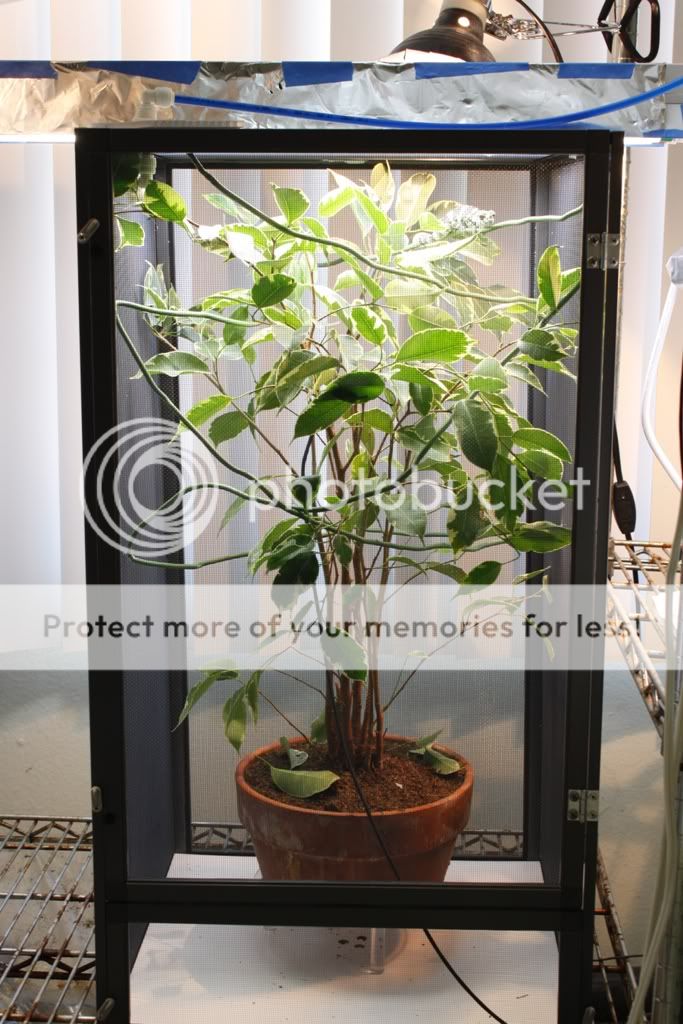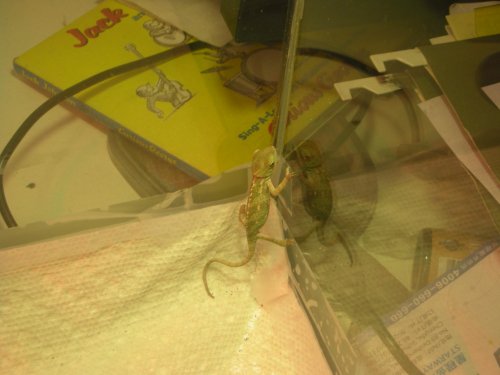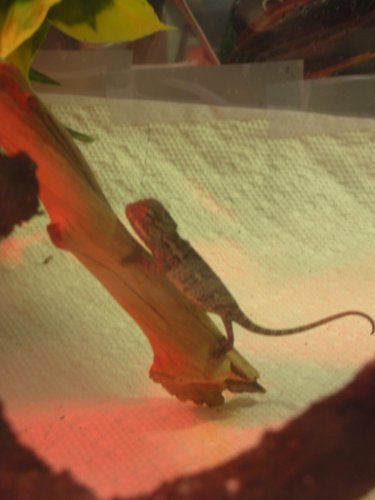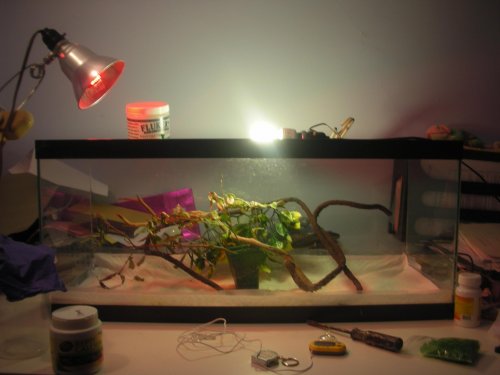carol5208
Chameleon Enthusiast
No, you don't need a fan. But I would get a cage before 6 months. That cage will be WAY too small for a 6 month old Veild. Way too short. They like to be tall and high. Get a 24 X 24 X 48 that is the appropriate size for an adult or juvenile. What do you think your night temps are?













